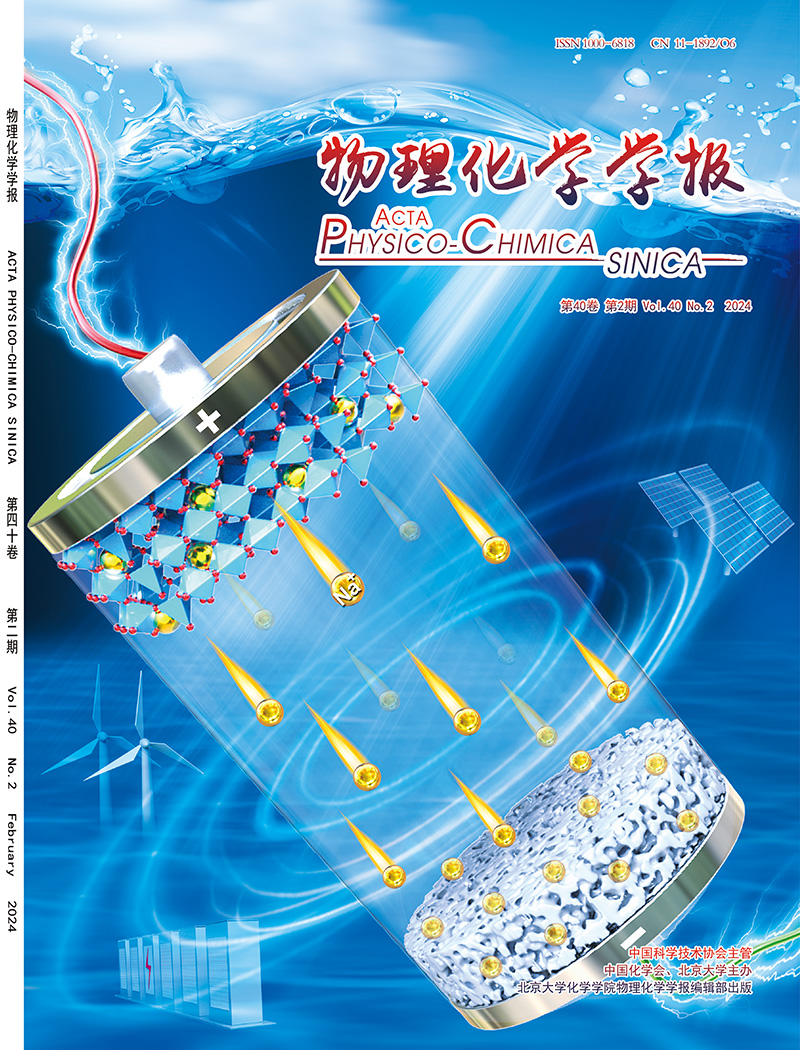Design of noble metal catalysts and reactors for the electrosynthesis of hydrogen peroxide
IF 13.5
2区 化学
Q1 CHEMISTRY, PHYSICAL
引用次数: 0
Abstract
Hydrogen peroxide (H2O2) is an eco-friendly oxidant vital for chemical synthesis, water treatment, and disinfection. However, the conventional anthraquinone production method is energy-intensive, generates waste, and requires hazardous transport of concentrated H2O2. Electrochemical H2O2 synthesis via a two-electron oxygen reduction reaction (2e− ORR) has emerged as a sustainable alternative, enabling renewable-powered, decentralized production under mild conditions. Noble metal catalysts outperform alternatives in acidic media, demonstrating superior stability and selectivity. Despite these advantages, several technical challenges must be addressed to enable industrial-scale implementation. The primary challenge lies in optimizing catalyst performance to achieve both high activity and selectivity for the 2e− pathway while suppressing the competing 4e− pathway that produces water. This requires precise control of the catalyst’s electronic and surface structures. Additionally, the development of cost-effective reactor systems that can maintain high performance at scale presents another significant hurdle. Current research focuses on improving mass transport, current distribution, and product separation while minimizing energy consumption.
This review provides a comprehensive examination of recent progress in the 2e− ORR, with particular emphasis on noble metal catalysts and reactor engineering. We begin by discussing the fundamental principles and reaction mechanisms underlying the 2e− ORR, emphasizing the role of material design in optimizing catalytic performance. Noble-metal catalysts are categorized into four types, namely, pure metals, alloys, compounds, and single-atom catalysts, with a critical evaluation of their performance based on theoretical and experimental findings. The second part of the review focuses on reactor design strategies for practical applications. We evaluate reactor designs, including H-cells, flow cells, membrane electrode assemblies, and solid-state electrolyte cells, with a focus on their mass transport and scalability characteristics. Particular emphasis is placed on gas diffusion electrodes for improved oxygen accessibility and innovative in situ product separation methods. Finally, we discuss the remaining challenges and future directions, including the need for reduced noble metal loading, improved long-term stability, and system integration with renewable energy sources. The review concludes by highlighting the tremendous potential of electrochemical H2O2 production to transform industrial oxidation processes while contributing to the development of sustainable chemical manufacturing.

电合成过氧化氢贵金属催化剂及反应器设计
过氧化氢(H2O2)是一种对化学合成、水处理和消毒至关重要的环保型氧化剂。然而,传统的蒽醌生产方法是能源密集型的,产生废物,并且需要高浓度H2O2的危险运输。通过双电子氧还原反应(2e - ORR)的电化学合成H2O2已经成为一种可持续的替代方法,可以在温和的条件下实现可再生能源的分散生产。贵金属催化剂在酸性介质中表现出优异的稳定性和选择性。尽管有这些优势,但为了实现工业规模的实施,必须解决一些技术挑战。主要的挑战在于优化催化剂的性能,以实现高活性和选择性的2e -途径,同时抑制产生水的竞争的4e -途径。这需要精确控制催化剂的电子和表面结构。此外,能够在规模上保持高性能的经济高效的反应堆系统的开发是另一个重大障碍。目前的研究重点是改善质量传输、电流分布和产品分离,同时最大限度地减少能源消耗。本文综述了2e - ORR的最新进展,重点介绍了贵金属催化剂和反应器工程。我们首先讨论了2e - ORR的基本原理和反应机制,强调了材料设计在优化催化性能中的作用。贵金属催化剂分为四种类型,即纯金属、合金、化合物和单原子催化剂,并根据理论和实验结果对其性能进行严格评估。第二部分综述了实际应用的反应堆设计策略。我们评估反应器设计,包括h型电池、流动电池、膜电极组件和固态电解质电池,重点关注它们的质量传输和可扩展性特征。特别强调的是气体扩散电极,以改善氧气的可及性和创新的原位产品分离方法。最后,我们讨论了剩余的挑战和未来的方向,包括需要减少贵金属负载,提高长期稳定性,以及与可再生能源的系统集成。综述最后强调了电化学生产H2O2在改变工业氧化过程同时促进可持续化学制造业发展方面的巨大潜力。
本文章由计算机程序翻译,如有差异,请以英文原文为准。
求助全文
约1分钟内获得全文
求助全文

 求助内容:
求助内容: 应助结果提醒方式:
应助结果提醒方式:


